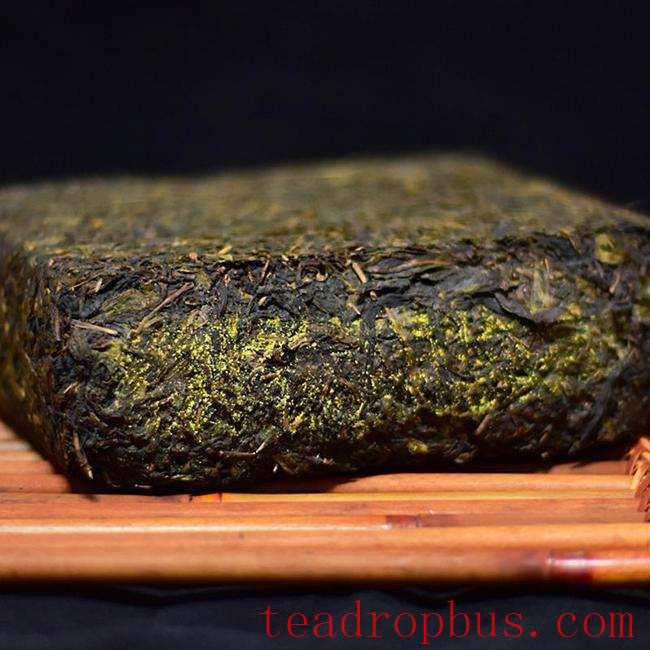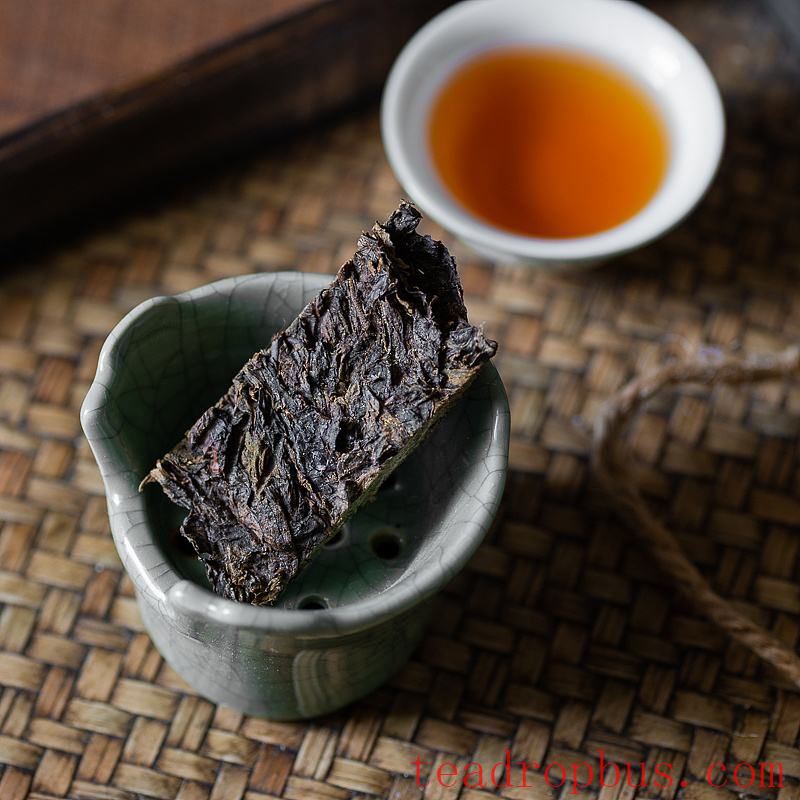Black Tea belongs to the category of post-fermented teas, a unique type of Tea in China with a long production history. It is produced in regions such as Yunnan, Hunan, Hubei, and Guangxi. Black tea contains abundant vitamins and minerals, along with proteins, amino acids, and carbohydrate substances. Regular consumption of black tea can supplement essential minerals and various vitamins needed by the human body, which is beneficial for the prevention and dietary therapy of anemia.

What type of tea is black tea made from?
The basic process of making black tea involves fixation, initial kneading, heap fermentation, re-kneading, and baking. Generally, the raw materials used for black tea are relatively coarse and old, and the heap fermentation process during production is often quite lengthy, resulting in leaves that are oily black or dark brown, hence the name black tea. Black rough tea is the primary ingredient for producing various compressed teas. Due to differences in production area and processing techniques, there are distinctions between Hunan black tea, Hubei old Green Tea, Tibetan tea, and Yunnan-Guangxi black tea.
Black tea is a tea made through processes such as fixation, kneading, heap fermentation, and drying.
Fixation: This involves using high temperatures to kill the green leaves, reducing the bitterness and astringency of the tea.

Kneading: This involves rolling the fixed tea leaves into strips or granules, facilitating the shaping of the tea leaves and subsequent fermentation.
The processed black tea has a lustrous, dark color, a mellow and mild taste, a bright red tea soup, and a light smoky fragrance. In terms of shape, black tea comes in loose form and compressed forms.
Characteristics of Black Tea
The fresh leaves used in most black teas are relatively coarse and old.
The processing of black tea includes a heap fermentation stage where the color changes.
Black tea undergoes steaming and slow drying processes.
The dry tea of black tea is dark and lustrous, or yellowish-brown.
The taste of black tea is smooth and rich, sweet and delicate, with ample throat resonance.

The aroma of black tea presents as betel nut, aged, woody, medicinal, etc., and is long-lasting and resistant to multiple infusions.
The tea soup of black tea is orange-yellow or orange-red, with a pure and unsour aroma and yellow-brown, coarse leaves at the bottom.
Black tea has a high resistance to multiple infusions and is suitable for repeated brewing.
The raw materials for black tea, based on geographical distribution, are mainly classified into Hunan black tea, Hubei old green tea, Sichuan border tea, and Guangxi Liubao loose tea, etc.
Due to differences in production area and processing techniques, there are distinctions between Hunan black tea, Hubei old green tea, Sichuan border tea, and Yunnan-Guangxi black tea.